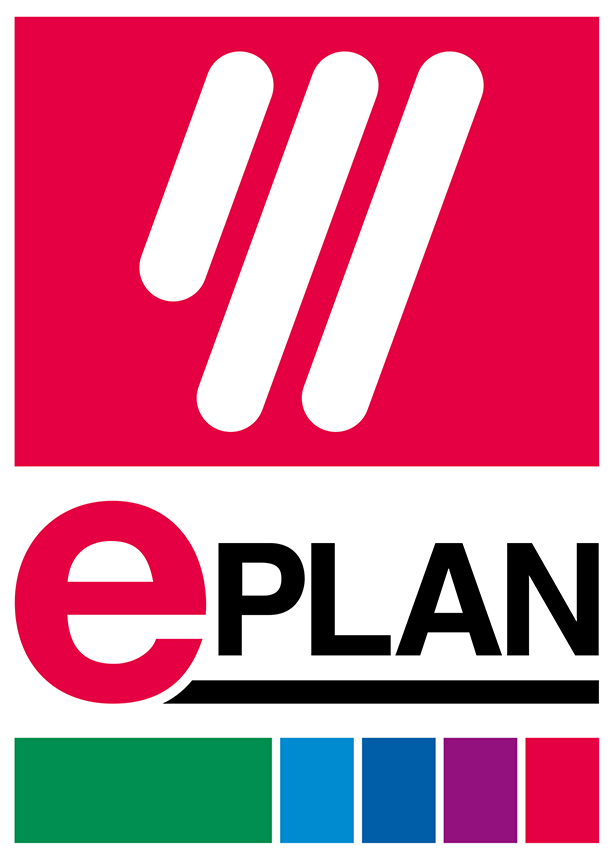 As The Industrial Internet of Things (IIOT) matures, the cost and time efficiencies that it can bring are pretty astounding. To be able to have unified operations across all touch points of the product development process makes optimized engineering possible. Here are 5 ways that it does this.
As The Industrial Internet of Things (IIOT) matures, the cost and time efficiencies that it can bring are pretty astounding. To be able to have unified operations across all touch points of the product development process makes optimized engineering possible. Here are 5 ways that it does this.
1. Data
Working in a connected environment means you can share data across all aspects of the production, from pre-planning to build. What does having the ability to be able to leverage data through out the engineering process and also into the manufacturing process mean?
- Rapid, and consistent, deployment of data throughout the project
- Error identification and correction is a keystroke away
- Data is communicated across all disciplines, effectively covering all the different trade-specific requirements.
- Global convergence with the ability to share in different languages
2. Collaboration
Product creation is not a standalone discipline. Optimized engineering relies on tying all people and components of the design and manufacturing process. When you have cohesiveness, you have the ability to create a high functioning collaborative environment
In addition, given the advanced technology in the industry today, there is not one company that can supply everything. Having high functioning systems that can communicate with other companies is not only invaluable, but becoming increasingly necessary. At the recent Rockwell Automation Fair over 150 companies exhibited that offer synergistic capabilities, many of which streamline the manufacturing process.
Collaboration within disciplines and between companies offers distinctive advantages that maximize efficiencies. Some of these are:
- Internalizing all design tools and report generators required by multiple disciplines, ensuring greater speed, accuracy and flexibility in product development and order fulfillment
- Greater efficiencies and cost savings are being realized by using their advanced capabilities strategically to restructure workflows, facilitate information-sharing among departments and automate creation of product content
- Data is output in neutral or machine-specific format, so you can connect standard cable assembly machines and provide information for specialist suppliers.
- Adherence to global standards so that information can be shared with other suppliers and customers to ensure that data moves fluidly and is usable in more than one context
3. Project Documentation
The production, distribution and printing of documentation can add significant time and cost to deliverables. By taking advantage of optimized engineering and using a database-driven system:
- Documentation and the manual for start-up are created at the same time as the design
- Standardized documents simplify navigation and the mechanics on-site have access to all of the necessary information at all times
- Easy navigation of the documentation
- Error discovery and resolution is fast and changes are populated throughout the documentation
- Printing of the entire document with one click
Labeling and printing of wires with one click
4. Standardization
Recycling and standardization are the keywords for saving time over the long term. In an optimized engineering environment, you can take tasks that were time consuming and make them efficient. Here are some examples:
- Revisions and changes made are populated throughout the project and across touchpoints
- Insert pages without having to manually renumber
- Automatic wire numbering and device tagging
5. Archiving
Database-driven design systems can save time and resources by simplifying the generation of multiple variants and configurations of the same product. These CAE systems make it easy to archive and reuse blocks or pieces of already-validated data that can then be scaled to the requisite size (including all engineering data throughout all schematics and lists) and reproduced. By building a library of pre-defined content of reusable system parts or project components, along with their respective documentation, such as circuit diagram macros or PLC program components, you considerably reduce project planning overheads, and simplify production whilst improving engineering quality.




